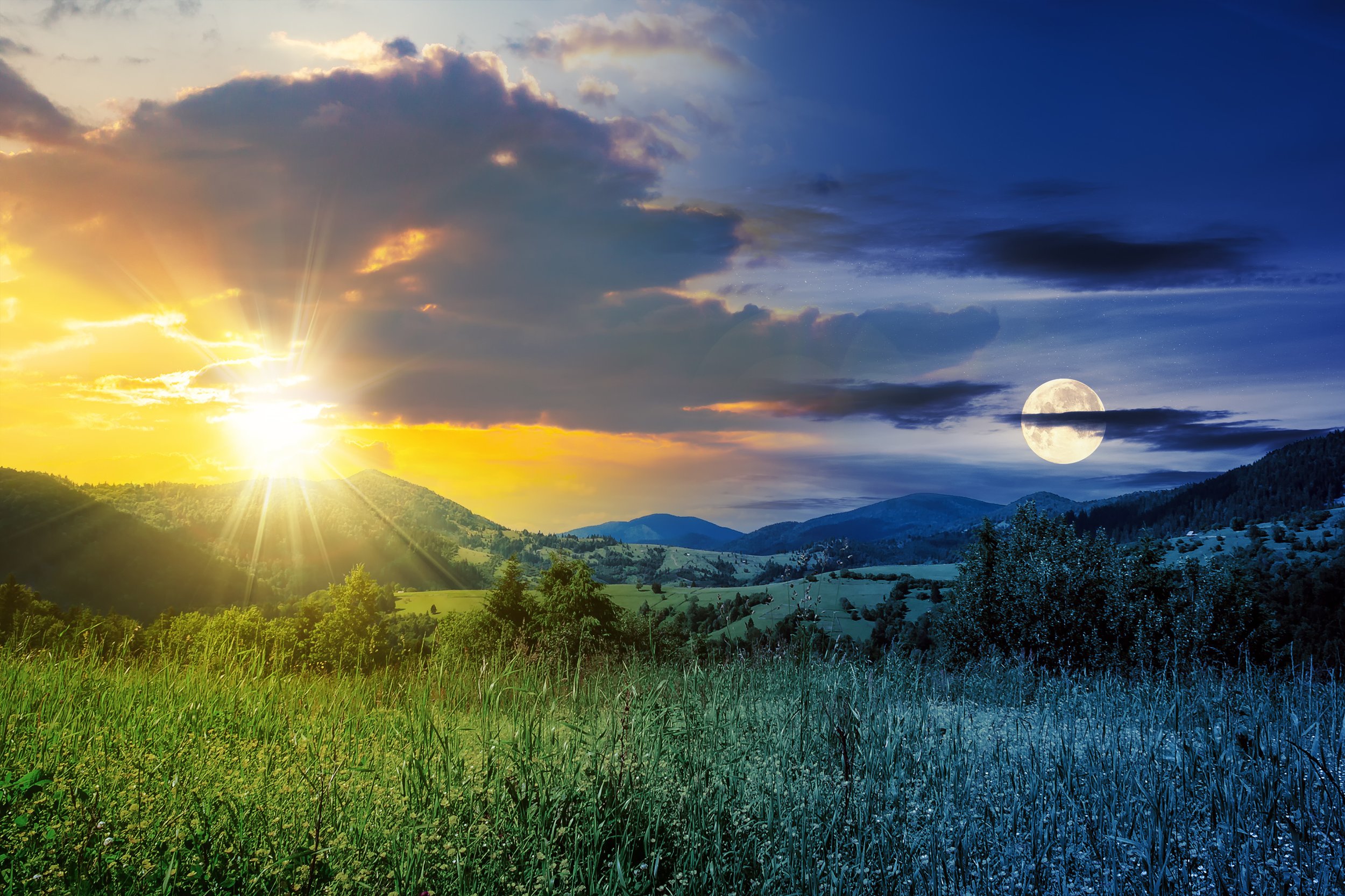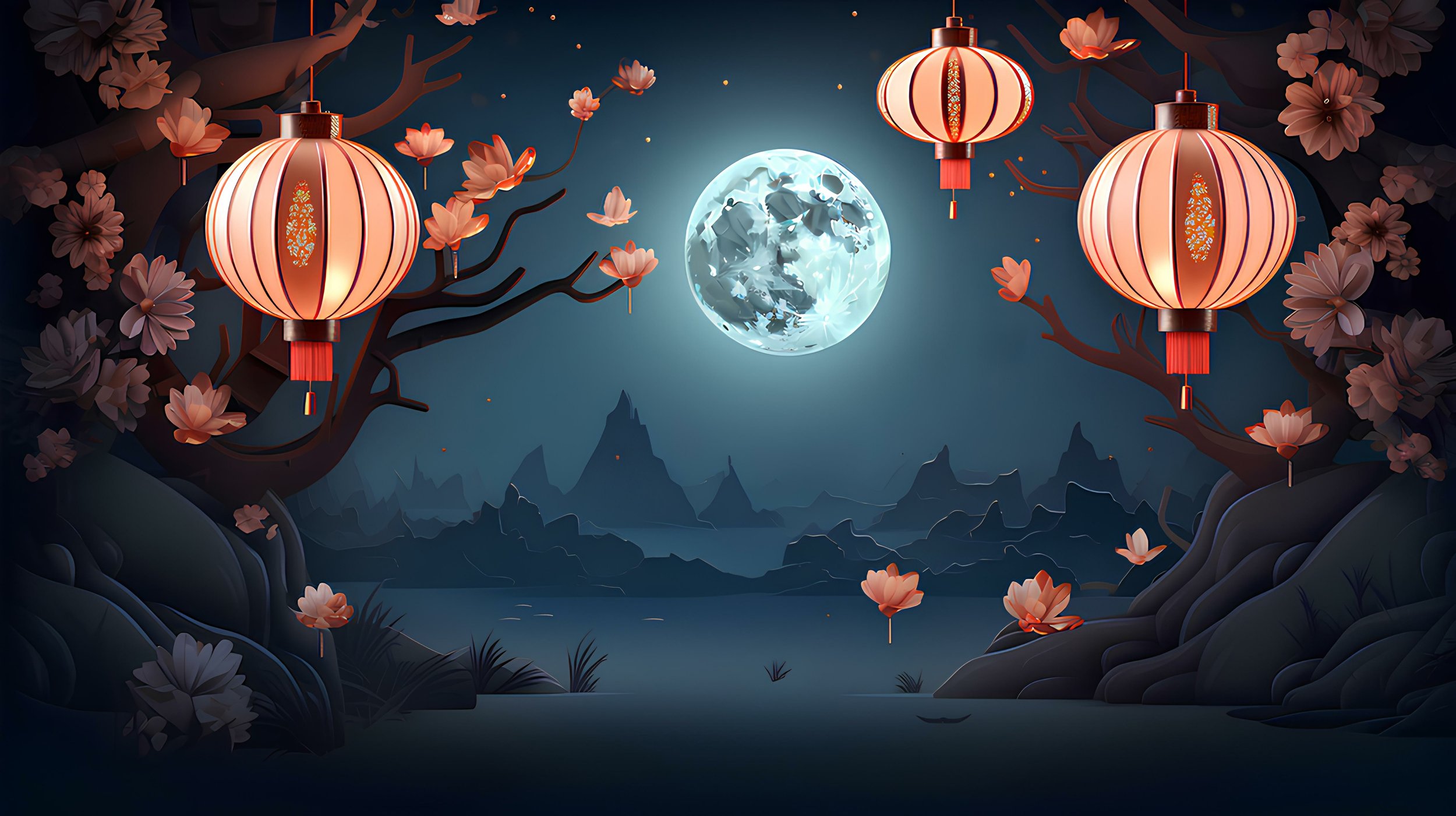Mabon & Celebrating The Fall Equinox
Did you think Mabon was an ancient celebration? Guess again! The term "Mabon," in connection with the Fall Equinox was popularized by Aidan Kelly in the 1970s. This celebration marks a time when day and night are of equal length. This modern tradition does, however, draw inspiration from ancient traditions, focusing on themes of balance, gratitude, and the harvest season. It's a time to give thanks for the bounties of the earth, embrace the changing of the seasons, and set intentions for personal growth. Many people engage in rituals, meditation, and feasting during Mabon to connect with the energies of the equinox and celebrate the beauty of fall. While its historical roots are diverse, the modern interpretation of Mabon is a reflection of our continued reverence for the changing of the seasons and our desire to live in harmony with nature.
As the Fall Equinox graces our calendars on September 23rd, we're invited to explore the rich collection of global traditions that have long celebrated this pivotal moment in nature. These diverse autumnal festivities, though rooted in various cultures, all share common connections and themes, uniting us in the spirit of the season.
1. Balancing Light and Darkness 🌞🌚
At the heart of the Fall Equinox is the delicate equilibrium between day and night, a universal theme echoed across cultures. From the ancient Egyptians' homage to the sun god Ra to the modern Mabon celebration, this balance symbolizes our journey toward harmony amidst life's dualities. In Egypt, the fall equinox marked a crucial moment in the annual cycle when day and night were perfectly balanced. This event was seen as an alignment of cosmic forces, symbolizing the eternal dance of opposites and reinforcing the notion that life is a blend of light and shadow.
2. Harvest Celebrations - Nature's Bounty 🌽
From China's Mid-Autumn Festival to Canada's Thanksgiving, cultures worldwide mark the fall equinox with gratitude for the harvest's abundance. These celebrations underscore the profound connection between humanity and the Earth, emphasizing thanksgiving as a unifying theme. This ancient Chinese festival, also known as Zhōngqiū Jié, typically falls on the 15th day of the eighth month in the lunar calendar, which corresponds to the fall equinox in the Gregorian calendar. It's a time when families and friends gather to celebrate the harvest, and the focus is on the moon, symbolizing unity and completeness. Mooncakes, with their rich, round shape, are a staple treat during this festival, and they carry the wishes for a successful harvest and unity with loved ones. Canadian Thanksgiving, celebrated on the second Monday in October, shares the central theme of gratitude for the harvest season. Much like its American counterpart, it's a time for families and friends to come together, share meals, and give thanks for the abundance of the season. The holiday serves as a reminder of the deep connection between Canadians and the land, emphasizing the importance of stewardship and appreciation for nature's gifts.
3. Feasts of Togetherness 🍂
Across cultures, autumn is synonymous with communal feasting, fostering connection and warmth during the colder months. Sukkot, known as the Feast of Tabernacles, is a Jewish holiday celebrated in the fall. It commemorates the Israelites' journey in the desert and their reliance on the land for sustenance. Families build sukkahs, temporary huts, in which they eat and even sleep during the festival. Sukkot underscores the significance of community, hospitality, and gratitude for the harvest.
4. Renewal Amidst Nature's Transformation 🌱
Japanese Tsukimi and Hindu Navaratri, celebrated in the fall, symbolize purification, self-discovery, and personal transformation. These traditions harmonize with the principles of Mabon, guiding us towards renewal amidst nature's cyclical changes. Held in Japan, Tsukimi is a centuries-old tradition where people gather to view the full moon. It's a time of reflection, purification, and gratitude. The beauty of the moon's illumination symbolizes renewal, much like the changing leaves of autumn. The nine-night Hindu Navaratri festival in India celebrates the divine feminine energy. It signifies the triumph of good over evil and spiritual growth. During Navaratri, devotees engage in fasting, prayer, and meditation, emphasizing personal transformation and renewal.
5. Deepening Our Bond With Nature🌿
Indigenous cultures worldwide, like the Cherokee and Hopi, have long revered the fall equinox through ceremonies like the Great New Moon Ceremony and the Snake Dance. These traditions instill a profound connection to nature, aligning with Mabon's emphasis on the Earth's cycles. The Cherokee tradition honors the new moon and its significance in agriculture. It emphasizes the connection between humans and the land, reminding us to be stewards of the Earth. The Hopi of North America perform the Snake Dance, an ancient ritual, during the equinox. This ceremony demonstrates reverence for snakes as intermediaries between humans and deities. It underscores the importance of living in harmony with nature and seeking balance.
The Fall Equinox serves as a reminder that, regardless of cultural backgrounds, we all share a deep connection to the natural world. These celebrations on the equinox embody the universal themes of renewal and nature's bounty, fostering a sense of unity and harmony with our surroundings. As we embrace the magic of Mabon, the modern-day celebration of the equinox, let's draw inspiration from these global traditions to deepen our relationship with the changing seasons and the Earth's cycles.
Further Reading: Title: "The Stations of the Sun: A History of the Ritual Year in Britain" Author: Ronald Hutton. This book is a valuable resource for anyone interested in the historical and cultural aspects of fall celebrations.
Fall is a time of letting go, and that includes relinquishing old, outdated patterns that are no longer benefiting us. A Human Design Reading can reveal any conditioning (not-self patterns) we’ve taken in that may be holding us back. By identifying and acknowledging these, we can start the process of shedding them and moving toward a more authentic way of living.


